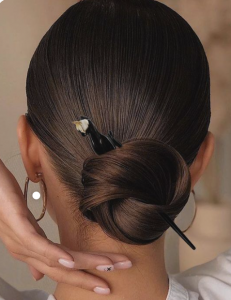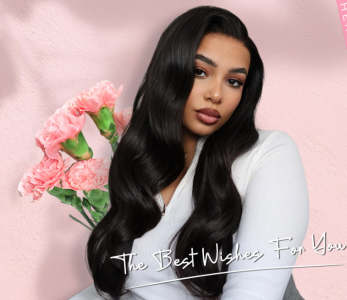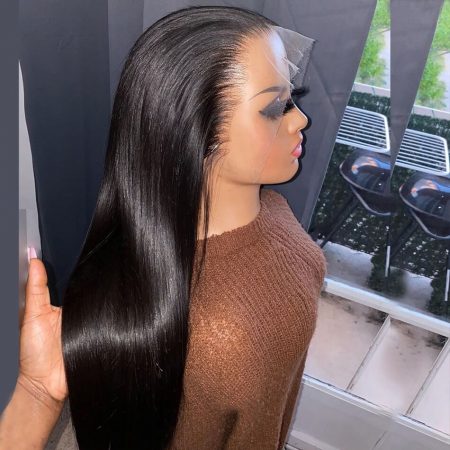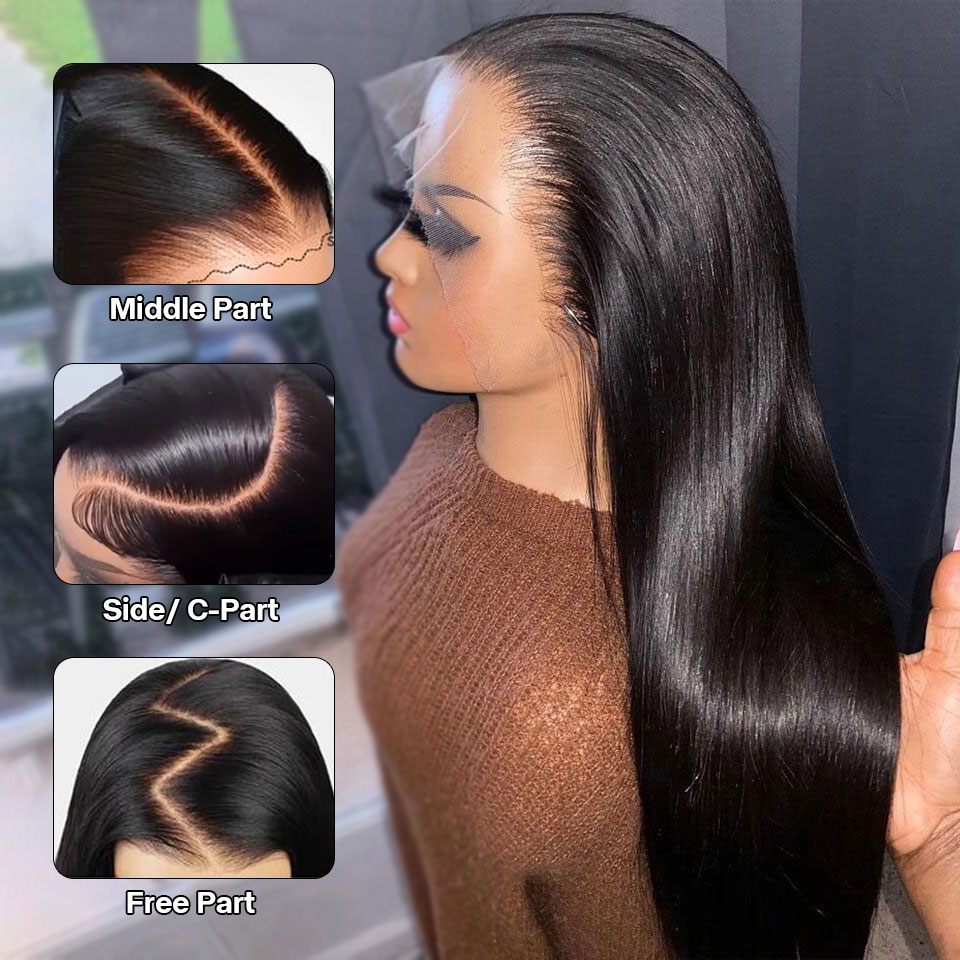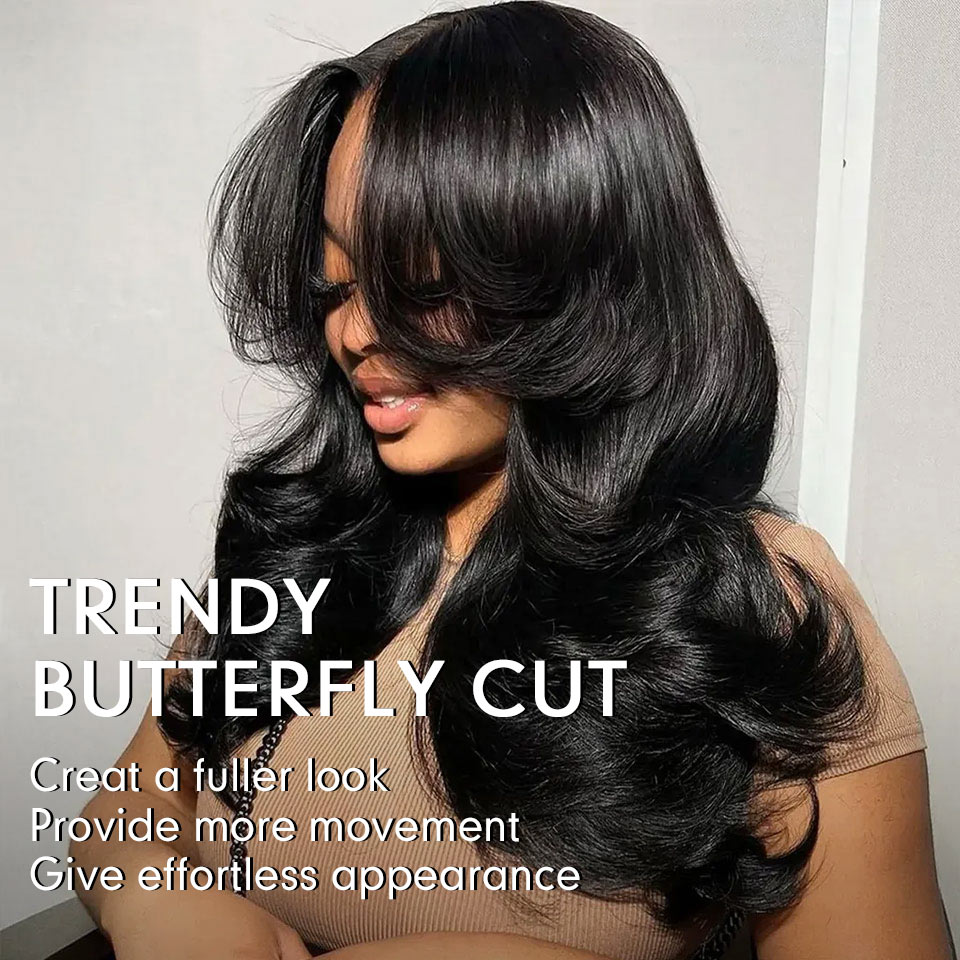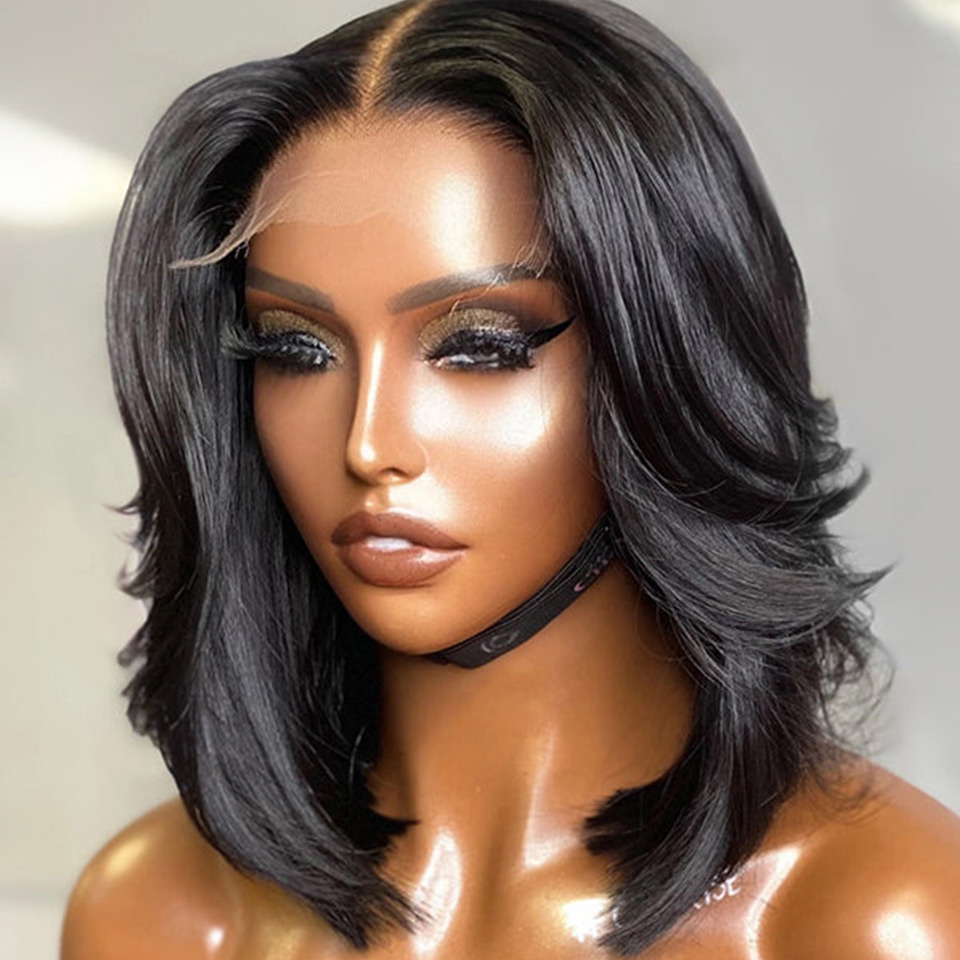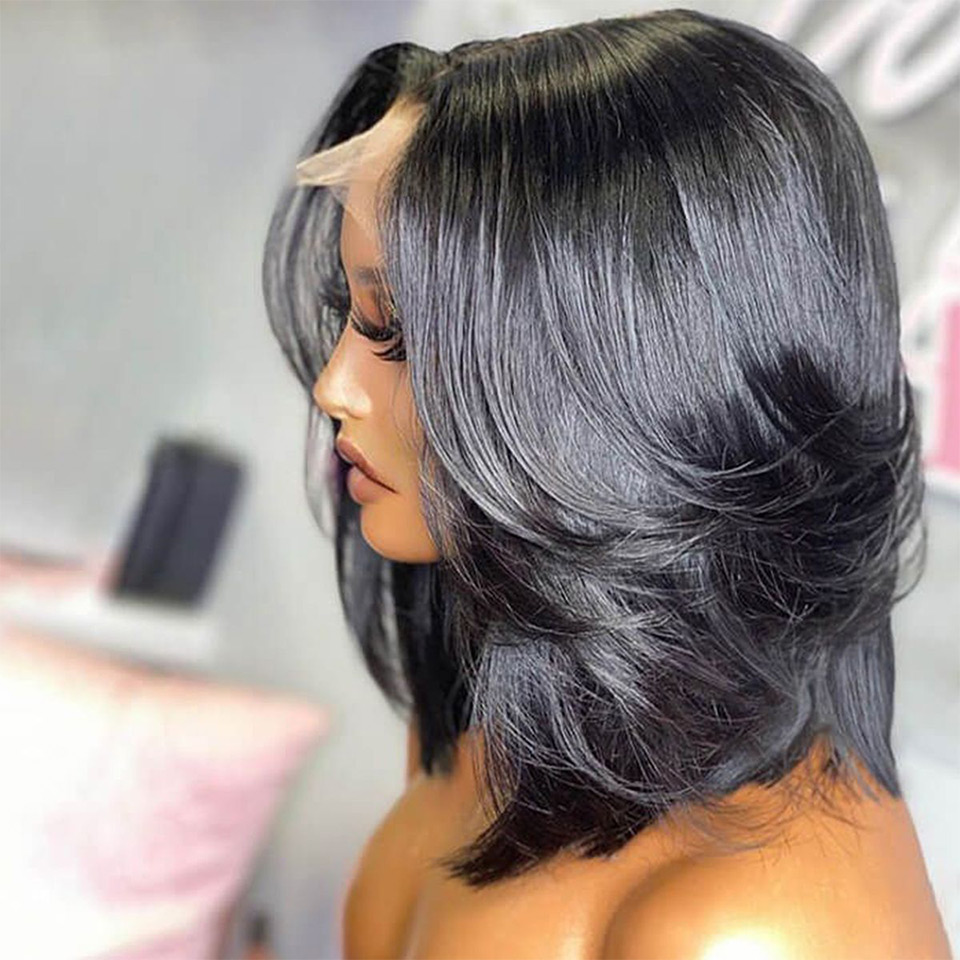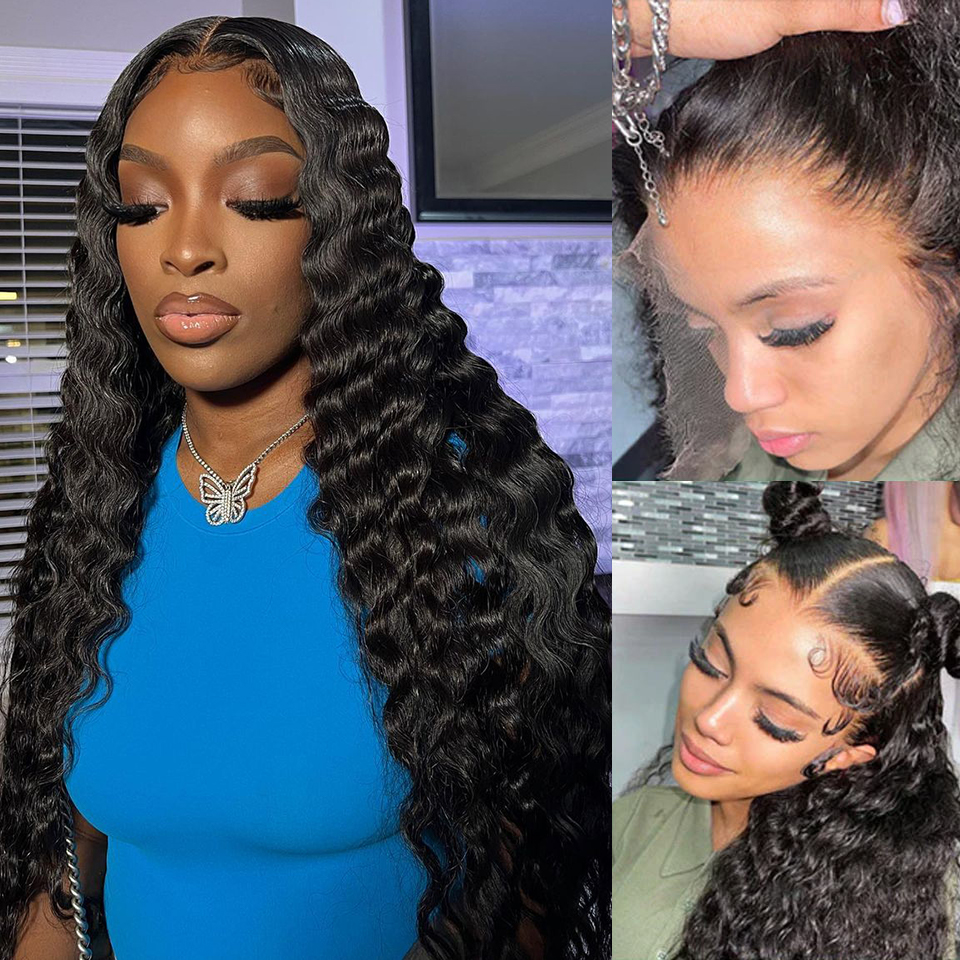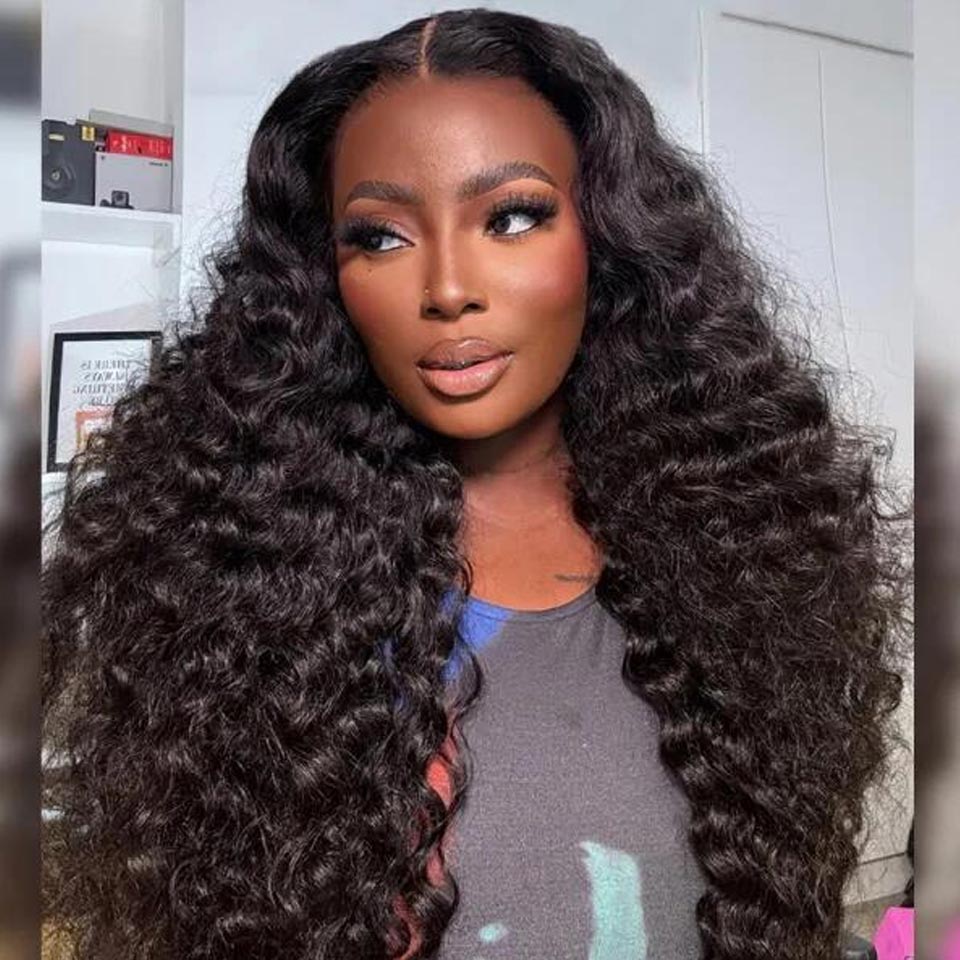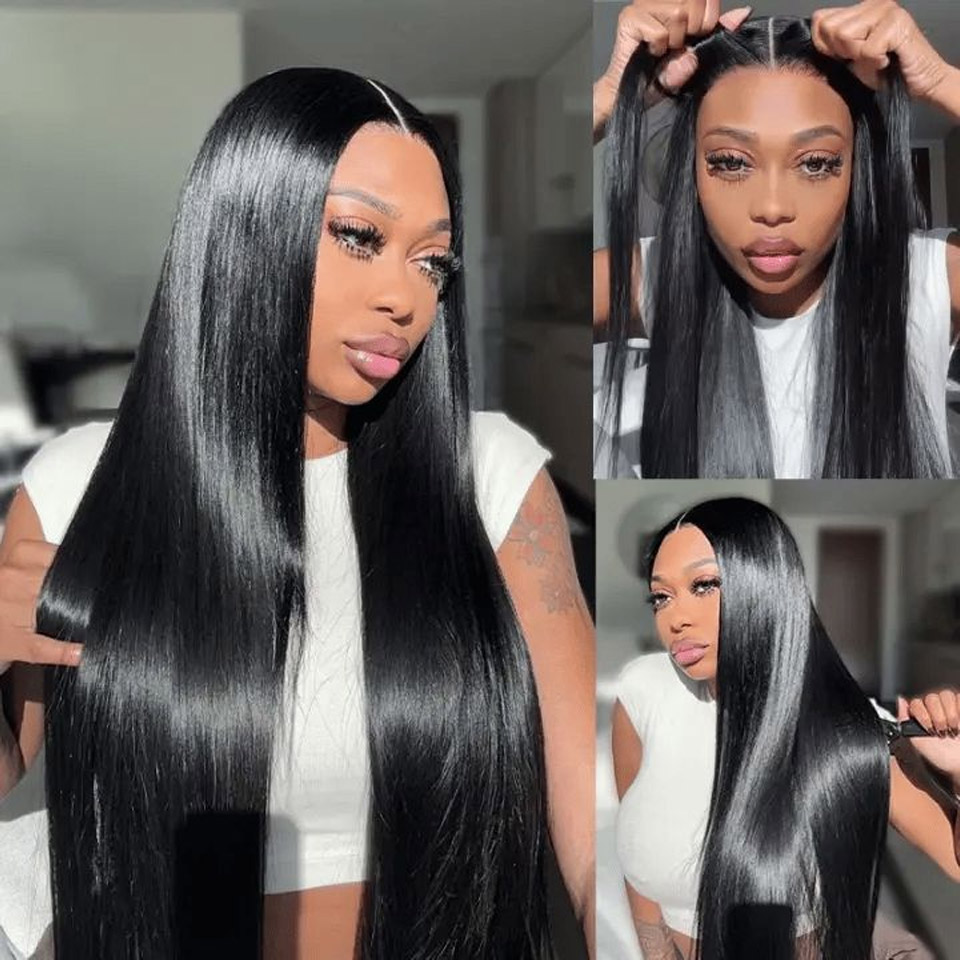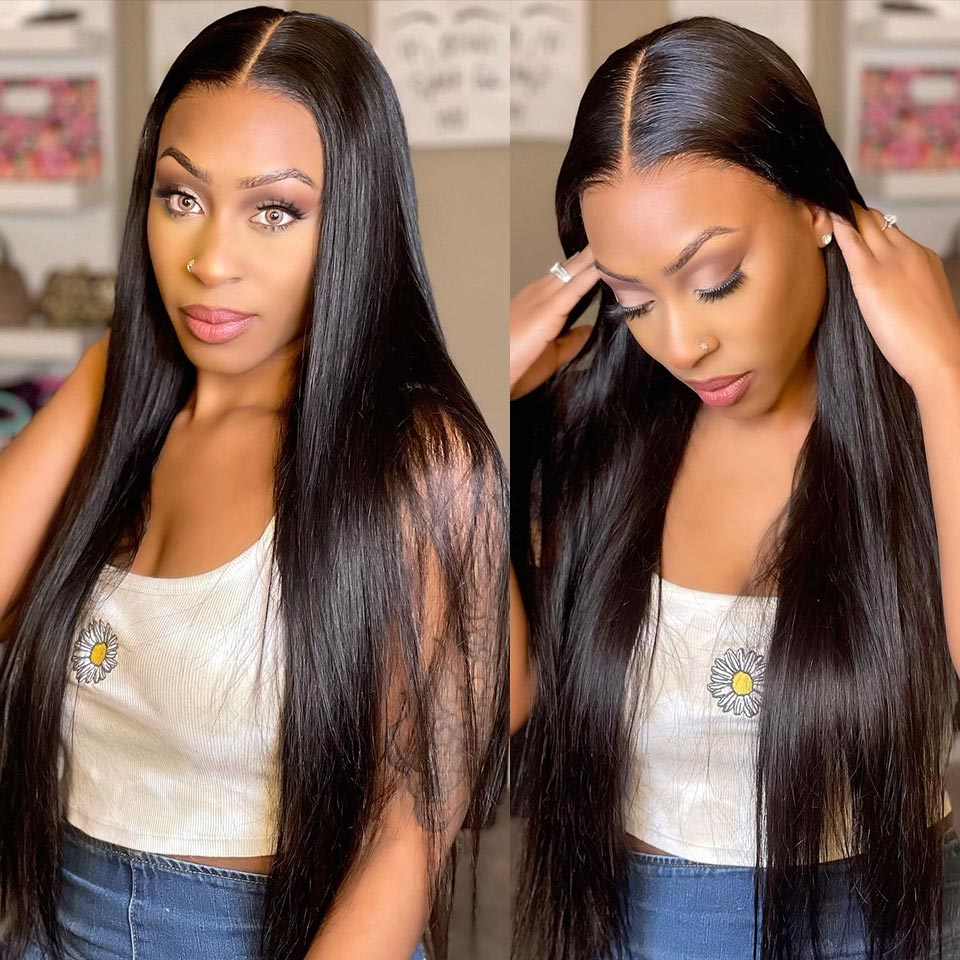As of 2024, the blunt cut remains an evergreen staple in the world of hairstyles, proving its worth across various dimensions such as versatility, ease of maintenance, and its uncanny ability to flatter different face shapes and hair types. This style, characterized by its straight, precise ends and uniform length, continues to dominate fashion runways, red carpets, and urban street styles, resonating with both minimalists and style enthusiasts. Here, we’ll delve into why the blunt cut not only holds its place in contemporary hair trends but also appears poised to continue its reign.
The Aesthetic Appeal of Blunt Cuts.
One of the primary reasons for the enduring appeal of the blunt cut is its clean and chic look. It offers a bold statement of simplicity and sophistication. The crisp edges of the cut create a strong visual impact and can help to accentuate the jawline and elongate the neck. This makes the blunt cut not just a hairstyle but a part of one’s overall style and expression.
Suitable For Many Hair Types.
Blunt cuts work beautifully across various hair types. For those with fine or thin hair, a blunt cut can create an illusion of thickness and volume. The uniform ends make the hair appear fuller and more substantial. For thick hair, on the other hand, a well-structured blunt cut can help manage and tame the bulk, making the hair look neater and more polished.
Adaptability to Different Styles.
Despite its seemingly rigid form, the blunt cut is surprisingly adaptable. It can range from very short, such as a classic bob, to a long, sleek style that reaches the lower back. It also pairs well with different hair textures and styles, whether straight, wavy, or curly. The blunt cut transforms in appearance based on the hair’s natural texture, offering a unique look for each individual.
Face Shape Consideration.
The blunt cut’s ability to be customized makes it suitable for various face shapes. For round faces, a longer blunt cut can help elongate the face, whereas, for square faces, a cut that ends just below the jawline can soften the angular features. Similarly, for oval and heart-shaped faces, the blunt cut can be styled in multiple ways to highlight the best features, whether that’s the cheekbones, jawline, or neckline.
Maintenance and Practicality.
Another significant advantage of the blunt cut is its low maintenance. Unlike layered styles, which might require frequent trims to keep the shape intact, blunt cuts grow out beautifully even, maintaining their style and shape as they lengthen. This feature makes them a practical choice for those who prefer a stylish look without high maintenance.
Fashion and Cultural Impact.
In the realm of fashion, blunt cuts often appear in the spotlight due to their dramatic impact and clean lines. They frequently feature in high fashion magazines and shows, highlighting their relevance and appeal in the fashion industry. The blunt cut’s simplicity and elegance make it a favorite among celebrities and style icons, influencing wider fashion trends and preferences.
Personal Expression and Confidence.
Choosing a blunt cut can also be a statement of confidence and personal style. The boldness of the cut can be empowering, representing precision and a controlled aesthetic. It’s a style that says a lot with very little, fitting well with minimalist fashion trends that emphasize quality over quantity.
Environmental and Economic Considerations.
Interestingly, the blunt cut could also be considered an environmentally and economically conscious choice. With its longer intervals between trims, it reduces the frequency of visits to the salon, saving time and money, and indirectly reducing the environmental footprint associated with travel and salon utilities.

How To Make Blunt Cut?
Creating a blunt cut, whether on yourself or someone else, can be a satisfying DIY hair project. This style is known for its straight, even ends and sleek appearance. Here’s a step-by-step guide on how to achieve a blunt cut at home. Remember, taking your time and proceeding with care is key, especially if you are new to cutting hair.
Tools You Will Need:
Sharp Hair Cutting Scissors: Using sharp scissors designed for cutting hair is crucial. Dull scissors can lead to split ends and uneven cuts.
Fine-tooth Comb
Hair Clips
Spray Bottle with Water (optional): Keeping the hair damp can make it easier to cut evenly.
Hairdryer (if you prefer to cut hair dry)
Straightener (optional, for styling post-cut)
Mirror
Step-by-Step Guide:
Step 1: Prepare the Hair.
Wash and Condition: Start with clean, damp hair. This will make the hair easier to manage and cut accurately. If you prefer cutting dry hair, ensure it’s completely dry and straightened. This is particularly important for wavy or curly hair, as curls can spring up and create uneven lengths when dry.
Detangle: Use a wide-tooth comb to gently detangle the hair, ensuring there are no knots.
Step 2: Section the Hair.
Divide and Clip: Divide the hair into manageable sections. Use clips to separate the top sections of the hair from the bottom. You might want to start with the hair at the nape of the neck and work your way up.
Step 3: Establish the Length.
Determine Length: Decide how short you want the cut to be. It’s a good idea to cut less initially—you can always trim more later.
Cut the First Guide Section: Starting at the back, take a small section of hair. Comb it down smoothly between your fingers or let it lay flat against the neck, keeping your fingers horizontal to the floor. Snip the ends to your desired length. This is your guide for the rest of the cut.
Step 4: Cut the Remaining Hair.
Follow Your Guide: Take another section of hair, let down another layer from your clipped sections if necessary, and bring it down to meet your initial guide. Cut this new section to match the length of your guide. Continue this process, working your way through the sections, always using the previous cut as the guide for the next.
Keep Sections Small: Smaller sections allow for more control and precision.
Step 5: Check for Evenness.
Double-Check the Length: After you’ve cut all sections, comb the hair down and check for any uneven spots. Look at the hair from all angles in the mirror to ensure that it looks even.
Fine-Tuning: If you notice any unevenness, carefully trim to correct the length.
Step 6: Style and Refine.
Dry and Style: If you cut the hair wet, dry it thoroughly using a hairdryer. This is where you will really see how the cut falls and if there are any adjustments needed.
Straighten: For an ultra-sleek blunt cut, use a straightener. Straightening the hair will highlight any uneven areas that might need a quick trim.
Tips for Success:
Be Conservative: When cutting your own hair, it’s better to cut less initially. You can always trim more if needed.
Stay Level: Keep your scissors level with the floor when making cuts to ensure the blunt ends are even.
Go Slow: Take your time, especially if you are new to cutting hair. Rushing can lead to mistakes.
At Last.
In 2024, the blunt cut continues to stand out as a hairstyle that combines beauty, practicality, and a touch of boldness. Its rich history and evolution testify to its enduring appeal, which transcends temporary trends. Whether you’re looking for a low-maintenance hairstyle that keeps you looking polished or a stylish cut that makes a statement, the blunt cut remains a worthy choice. Its adaptability to different personal styles, hair types, and lengths ensures that it will remain popular among those who appreciate its blend of simplicity and sophistication. Therefore, in considering whether the blunt cut is worth adopting in 2024, the answer is a resounding yes.







